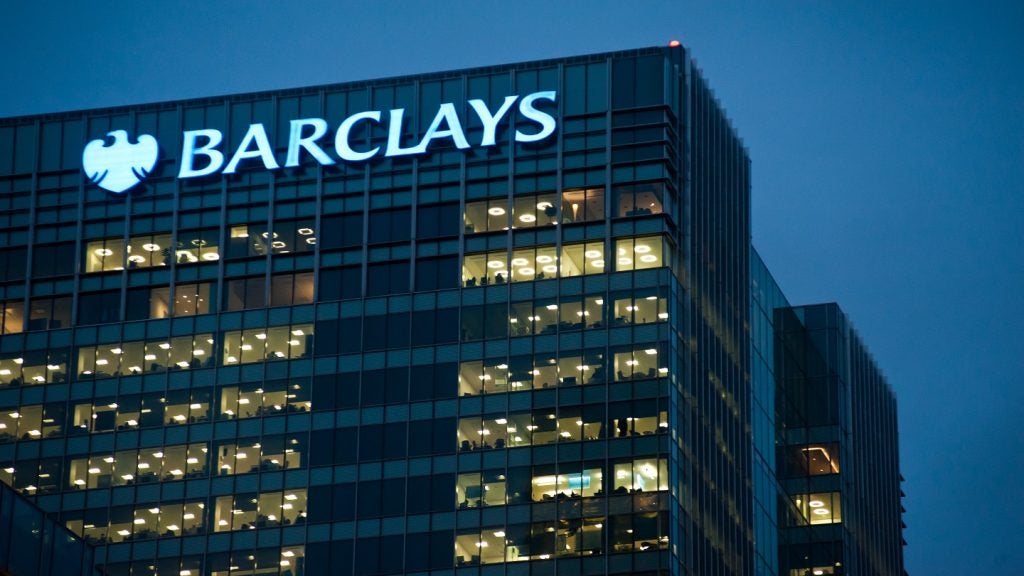Second-quarter net income rose at 13 of the US largest 20 retail banks, with the four largest lenders Bank of America, Chase, Citigroup and Wells Fargo all reporting lower net charge-offs compared with the same period last year. But margin pressure remains a live issue, reports Douglas Blakey
At first glance, there are many positives to take from the second quarter performance of the largest US-headquartered retail banks.
Second quarter net income rose at the majority of the largest 20 US retail banks, both year-on-year and quarter-over quarter.
Alone the five largest retail lenders, net income fell in the second quarter at Citi while the only top 20 lender to post a second quarter loss was First Niagara.
Excluding one-off costs relating to the HSBC branch acquisition project, First Niagara posted an increase in underlying profits.
How well do you really know your competitors?
Access the most comprehensive Company Profiles on the market, powered by GlobalData. Save hours of research. Gain competitive edge.

Thank you!
Your download email will arrive shortly
Not ready to buy yet? Download a free sample
We are confident about the unique quality of our Company Profiles. However, we want you to make the most beneficial decision for your business, so we offer a free sample that you can download by submitting the below form
By GlobalDataAll of the countrys big 4 retail banks Chase, Bank of America, Wells Fargo and Citi reported a reduction in second quarter net charge-off a pattern repeated by analysis of the nations super-regional banks: 16 of the top 20 biggest lenders posted a fall in net charge-offs.
Another positive metric relates to a fall in the number of bank failures in the first six months of 2012: by the end of June, the FDIC had shuttered 30 banks (a further eight followed during July).
In all of 2011, 92 US banks collapsed, 48 of which failed during the first half of the year. To date, the FDIC has agreed loss-share agreements with the buyers of 16 of the banks closed down in 2012.
SNL has reported that the median cost to the FDIC insurance fund as a percentage of the failed banks assets in 2012 amounts to 21%, compared with a median cost in 2011 of 23% last year and well down on 29% in 2009.
Less positive is the ongoing challenge of net interest margin pressure.
According to data from SNL Financial, the median net interest margin was down 4 basis points quarter over quarter and 7 basis points year over year.
Of the top 20 largest retail banks, only PNC, BB&T, Regions, M&T and New York Community Bank posted an increase year-on-year in their net interest margin.
Notable among the second quarters strongest performers were Zions and Bank of America.
Branch closures accelerate
The fall in total US bank branches continued to accelerate in the first half of 2012.
In total, US banks shuttered over 750 branches in the first half of 2012, just over 0.7% of the total branch network.
Bank of America remains the lender most enthusiastic about thinning out its branch network, axeing a net 157 outlets in the first half of the year.
With 5,858 branches, BofA is now only marginally ahead of Chase (with 5,442, up a net 219 units) as the countrys second largest bank by branches.
Wells Fargo remains way out in front, with 6,392 outlets, down a net 44 units in the first half.
The US fourth and fifth-largest banks by branches, US Bank and PNC closed only 17 and 18 units respectively in the first half, ending June with 3,141 and 2,620 outlets respectively.
A small number of US lenders increased their branch network in the six months to 30 June, notably Toronto Dominion (up 24 to 1,301); KeyCorp opened a net 14 units to total 1,059 while Huntingdon was up 29 units at 696 outlets.
Chase remains the largest US bank as ranked by deposits, ahead of BofA, Wells Fargo and Citigroup with US Bank a distant fifth by that measure.







